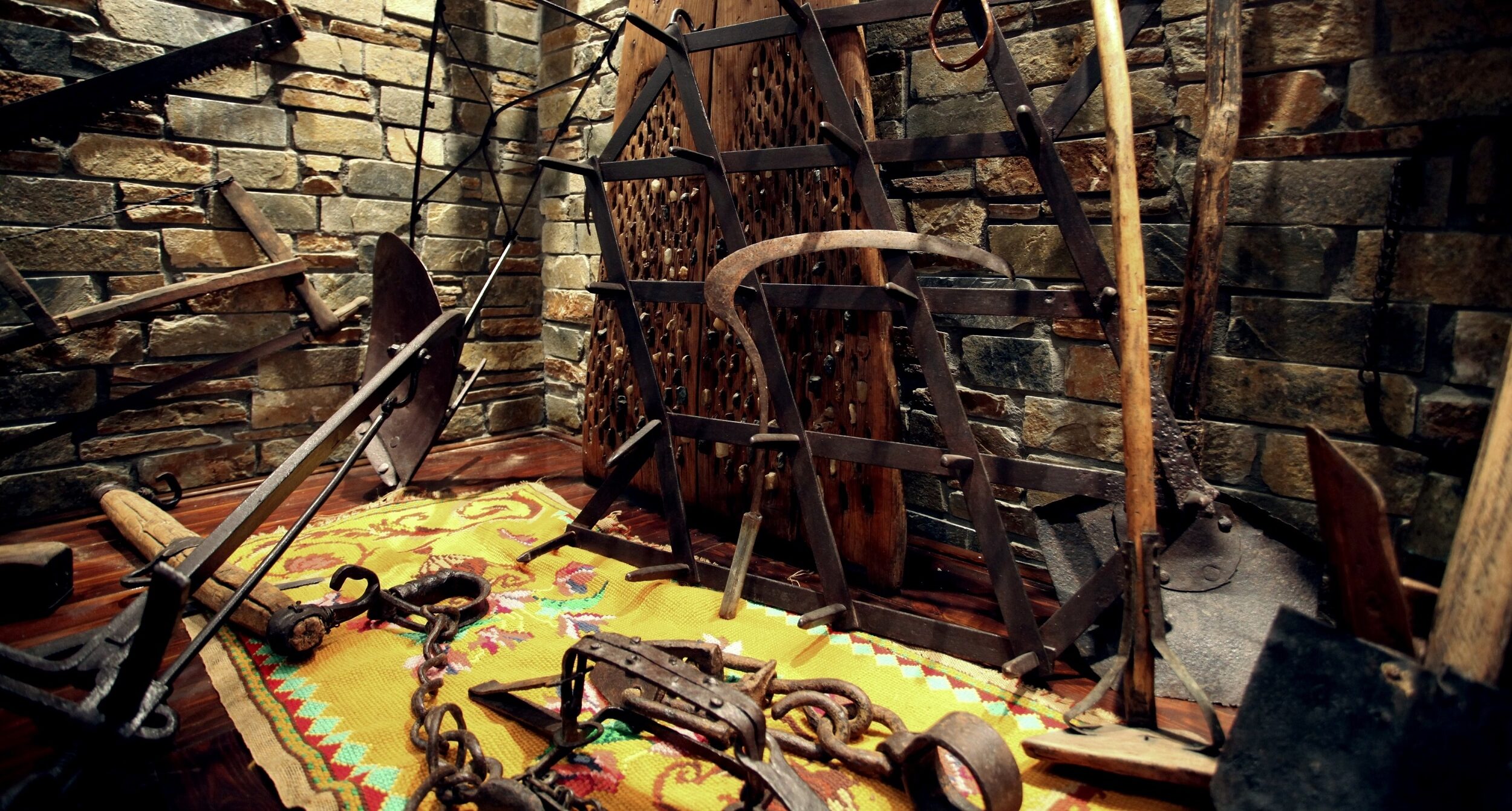
Omolio Folk-Agricultural Showroom Marinos Antipas
Omolio Folk-Agricultural Showroom Marinos Antipas
Omolio is a historical settlement of the Municipality of Agia surrounded by great natural beauty. Located in a central location, 40 km from the capital of the Larissa regional administration, just three kilometers from the Athens-Thessaloniki national road and at a minimum distance from the sea. According to Homer, the city participated in the Amphictyony of Delphi, while the mint of Ancient Omoli was one of the greatest in central Greece. The ruins of this ancient city and citadel still remain close to current Omolio.
Conditions brought the village back close to major historical events. This is the soil in which Marinos Antipas is buried, one of the most important figures of Greece in the fight to defend civil liberties. When Antipas came to Thessaly, where he took over as caretaker of the property of his uncle, he changed social conditions in the region. Although he was in a position of strength, he deleted agricultural debts, applied Sunday as a day off and set the remuneration of tenant farmers based on 75% of production (instead of 25% as was up to then in force). His murder was the natural consequence in a place dominated by lthe andowners of the time.
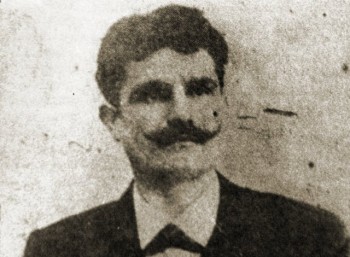
Μαρίνος Αντύπας / Marinos Antypas
Nowadays, the local community commemorates him, recognizing his contribution to changing social conditions, both in the region and across the country. It built a modest monument erected in Omolio where events are held every year in memory of the great fighter. At the same time, it gave his name to the small museum built in the village: Omolio Folk-Agricultural Showroom Marino Antipas, housed in the former Community chambers, located in the village square.
Today, the exhibition presents the tools used by the people for whom Antipas fought. Inaugurated on 18 March 2007 to mark the 100th anniversary of his death (murdered in 1907 in Pirgetos). Premechanical agricultural and foraging tools are hosted in the exhibition venue. Visitors can also admire tools of traditional occupations (fishermen, shoemakers, weavers, etc.) and objects from daily life of local people: handicrafts, embroidery and textiles, utilitarian household items (sofras (low tables), pots, pinakoti (bread levening boards)), local costumes, traditional clothing, woodwork items, postcards and engravings, coins, antique furniture, and a local bisiki (cot).
The collection includes artifacts that may be considered historical documents: a local’s military diary, which describes in detail the experience of the war in Asia Minor, but also photographs of social events and the occupations of the inhabitants. The showroom has a conference hall that holds 50-60 people.
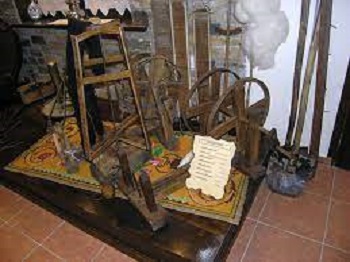
Λαογραφικό-Γεωργικό Εκθετήριο Ομολίου Μαρίνος Αντύπας
Places like the Omolio Folk-Agricultural Showroom Marinos Antipas, although exhibiting objects from earlier times, alsoshow that traditional culture is not a static body of evidence that survives only in a museum. Because on the one hand, tools and materials actually bear witness to the immutable characteristics of an era (available resources, raw materials), however, they also reveal the basic principles of human creativity that lead to evolution. The name of the exhibition reminds us, at the same time, that this creativity should always be developed with concepts such as respecting the principles of human law and social justice.
MSc in Applied Bioinformatics and Data Analysis
Title: MSc in Applied Bioinformatics and Data Analysis Scientific Disciplines: Informatics Life Sciences University: Democritus University of Thrace (DUTH) Language: Greek Duration: 2 semesters For more information you can visit the website:: https://bioinfo.mbg.duth.gr/ Description A Modern Scientific Field In recent years, with the rapid development of Molecular Biology, Informatics, and Technology, the availability of biological data has increased significantly, both in volume and quality, being collected and uploaded to online databases. This data is particularly important for numerous applications in medicine, biotechnology and industry, ...More
Highlighted in Rethymno: the New Archaeological Museum, Fortezza, Old Town, and Arkadi Monastery.
The ongoing plan of projects by the Ministry of Culture for the city and the Regional Unit of Rethymno, primarily including the scheduling of the next stages for the New Archaeological Museum of Rethymno, the progress of the restoration and enhancement works of the Fortezza Fortress, as well as the renewal of the Cultural Development Programming Agreement for the Old Town, was the agenda of the working meeting between the Minister of Culture Lina Mendoni, the Mayor of Rethymno Giorgos Marinakis, and the Regional Governor of Rethymno Maria Lionis. Minister of Culture Lina Mendoni stated: “Rethymno ...More
University Studio Press | Rudolf Arnheim – The Power of the Center
Title: The Power of the Center Author: Rudolf Arnheim Editor: Panagiotis Tournikiotis Publisher: University Studio Press Subject: Art History Year: 2022 Pages: 308 Technical Features: 14Χ21 Rudolf Arnheim investigates the overall organization of visual form in works of painting, sculpture, and architecture, starting from the synthetic power of the center. Composition, as an important prerequisite for every organized visual expression, has been studied for centuries by artists, theorists, and art critics. This book formulates principles of composition that generally apply to architecture, sculpture, painting, applied arts, and fine arts, regardless of the place and time of ...More
Museum of ancient Eleutherna| “Archaic elites: Warriors and princesses”, 9th – 5th cent. BC.| 29 June– 19 October 2025
The present article is written by Professor Nikolaos Chr. Stampolidis How to fit forty (40) years of excavations, forty years of life and activity in a few pages? How to enclose the people, workers, students, scientists –archaeologists, architects, anthropologists, epigraphists, palaeobotanists, zooarchaeologists, historians– and others, supporters of the entire project, sponsors and donors with sensitivity to archaeology, history, civilization, a civilization revolving around the human being… the human being as living entity with sense and sensibility, changing in the course of time. What of all this can the showcases -old and new ones- contain? Which memories ...More
Alexandros Papadakis at the Thirathen Museum| 02 July 2025
An evening with Alexandros Papadakis with sounds from Agios Vasileios of Rethymnon, but also from all over Crete. With him on the belly and the voice of Nikos Spinias and George Periklakis. At the Thyrathen Museum. *Limited number of seats.
The Theodorakis House, the Venetian Shipyards, and the Itzedin Fortress in Chania are being restored through a collaboration between Culture Minister Lina Mendoni and Mayor Panagiotis Simandirakis.
Culture Minister Lina Mendoni, as part of her working meetings and site inspections of ongoing or upcoming projects in Chania, in collaboration with the Region of Crete and the Municipality of Chania, has initiated an important cultural works program. She visited the Theodorakis House in Galatas and, following her cooperation with the Mayor and the responsible officials, announced the activation of the process to declare the Theodorakis House a protected monument, marking the start of a significant project for the preservation and promotion of the legacy of the great composer. “Our visit to Chania today marks ...More


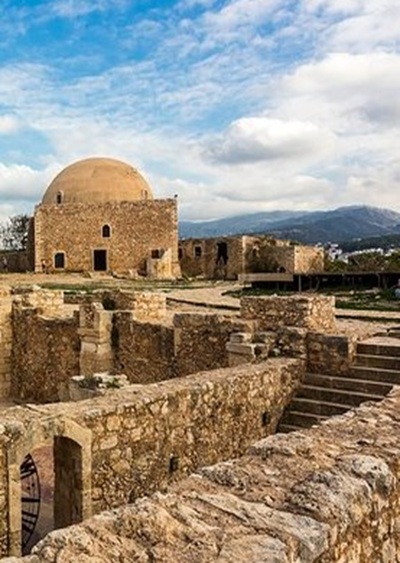
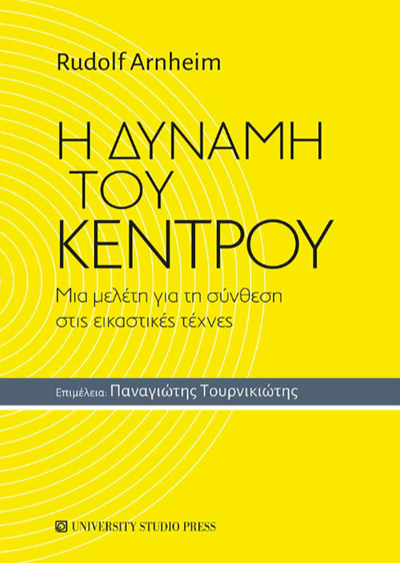
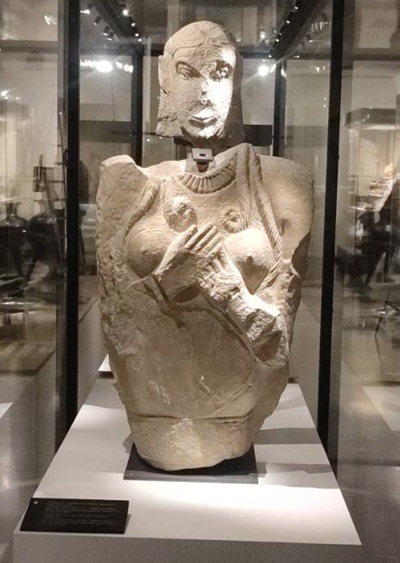
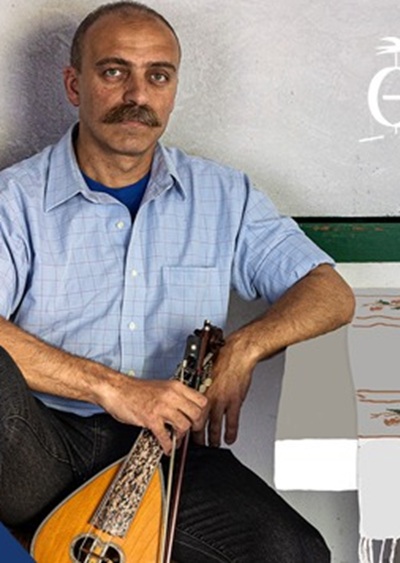
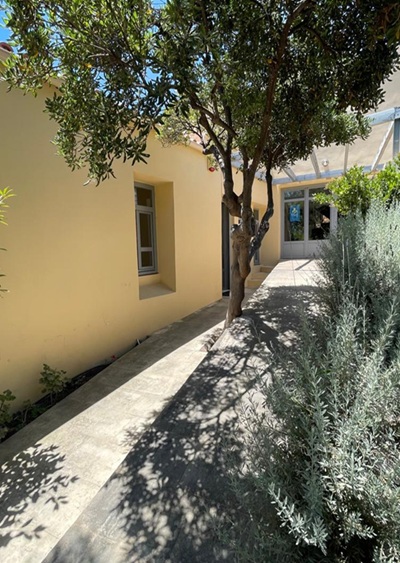
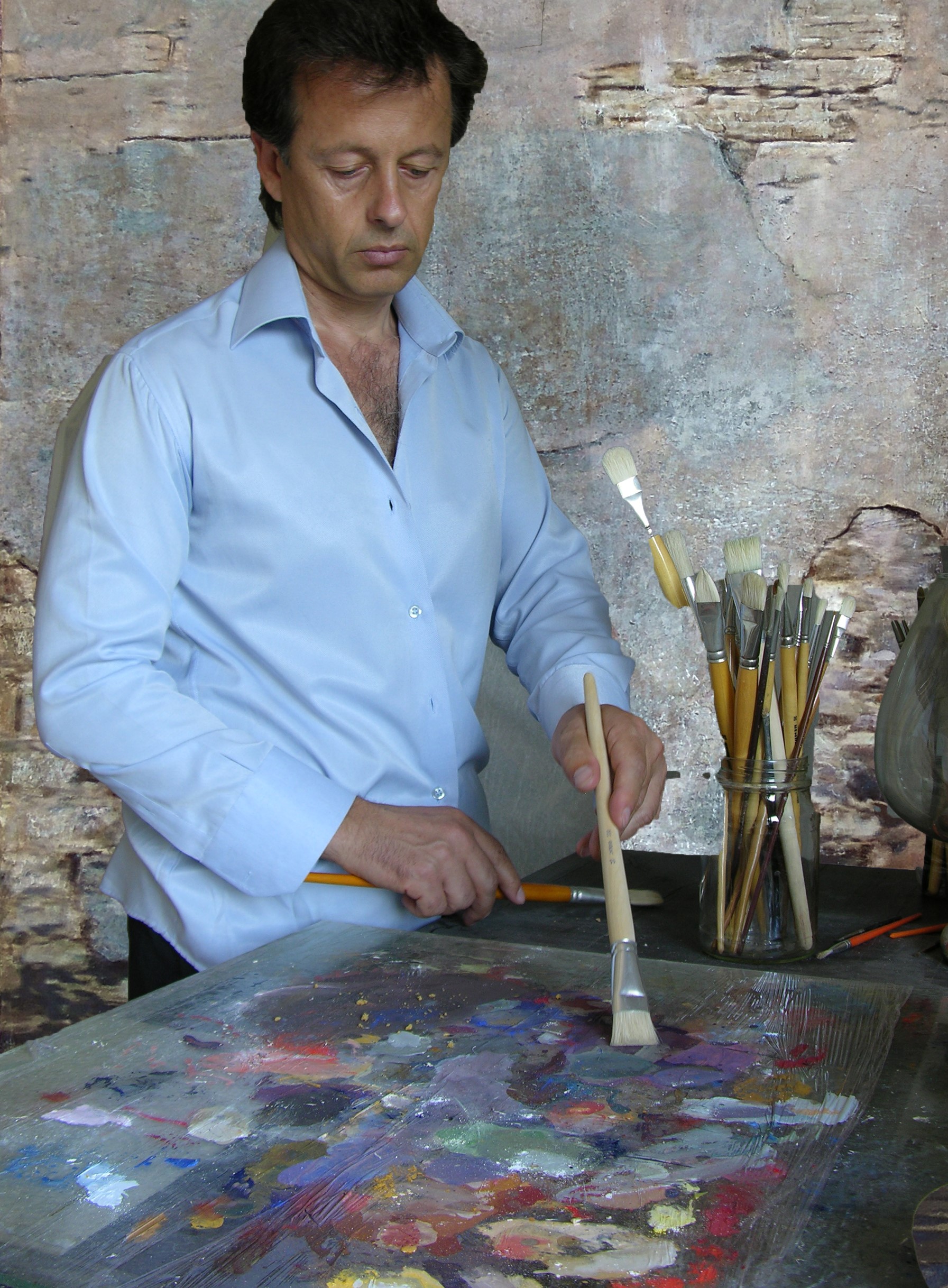
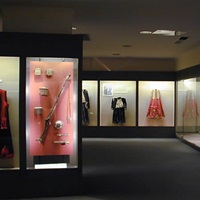
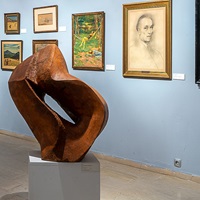
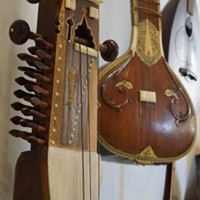


Leave A Comment